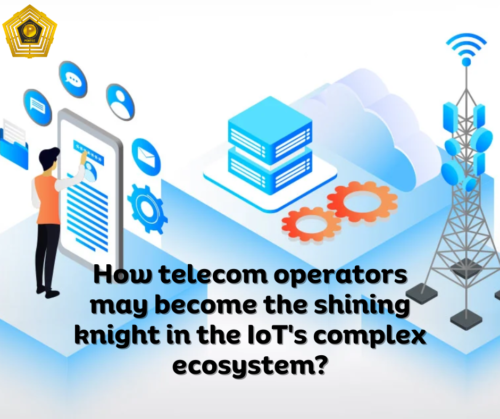The internet has been transformed into a powerful instrument that provides personalized solutions to improve people’s quality of life by the digital age. The Internet of Things (IoT) has become a disruptive force in the field of Internet technology, allowing for the unprecedented scale of device and system interconnection. It’s hardly surprising that the worldwide IoT market is expected to grow from $662.21 billion in 2023 to an astounding $3,352.97 billion by 2030 as the effects of IoT ripple through a variety of industries.
But developing a smooth IoT connectivity delivery ecosystem has been a difficult journey. The ecosystem’s intrinsic fragmentation has made it difficult for its complex components to integrate properly.
IoT Connectivity Delivery Ecosystem Fragmentation
The ecosystem for IoT connectivity delivery is made up of a wide variety of technologies, protocols, and gadgets. Unfortunately, fragmentation frequently results from this diversity. Compatibility and interoperability problems are the outcome of different components’ autonomous evolution. For instance, communicating between devices designed using different communication protocols may be difficult, resulting in ineffective data transmission and poor system performance.
Using Intelligent Integrated IoT Modules to Remove Bottlenecks
The eSIM-integrated smart connectivity modules stand out as a beacon of solutions in the middle of complexity and fragmentation. These modules are essential for balancing the environment. They provide a single platform for makers of IoT devices by merging the smart connection modules with an IoT connection & modem management platform. Imagine that a smart city project calls for a variety of sensors to track traffic, air quality, and energy usage. Manufacturers can easily combine these many technologies into a single system, simplifying installation and operation, with the eSIM-integrated smart connectivity modules.
Cellular IoT unlocking for OEMs and product makers
The installation of cellular IoT is a hurdle that comes along with the IoT delivery journey. Cellular communication has always been difficult to integrate into devices and resource-intensive. But the introduction of smart IoT modules with eSIM integration has brought about a fundamental shift. These modules define cellular communication standards in addition to dealing with hardware integration. Original equipment manufacturers (OEMs) and product creators are now able to smoothly integrate cellular connectivity into their gadgets thanks to this standardization.
IoT connectivity and seamless provisioning: telecom operators
Manufacturers and telecom operators gain from the transition to a seamless IoT delivery ecosystem. The process of creating data plans for IoT devices gets increasingly efficient as the puzzle pieces come together. Telecom companies are better able to distribute network capacity and resources, which speeds up the deployment of IoT connections. No matter where they are or what they do, devices can communicate successfully thanks to this improved provisioning method. By continuously connecting, a logistics company may track its fleet of vehicles in real time and optimize delivery schedules and routes.
The Snowball Effect of Cellular IoT for Catalyzing Growth
Successful Cellular IoT projects have an influence that goes beyond individual implementations. Instead, they start a chain reaction that moves the ecosystem as a whole forward. As pilot studies show the benefits and effectiveness of cellular-connected devices, more devices are added to the project. This increase in devices not only makes projects more scalable, but it also increases telecom operators’ need for IoT data.
Fueling Demand: Telecoms’ Needs for IoT Data
The need for seamless connectivity plans and reasonably priced data plans develops along with the number of connected devices. Due to this demand, telecom providers are leading the way in enabling IoT connectivity. Operators must modify their business strategies to fit this changing environment, offering customized data plans and services to satisfy various IoT requirements.
The next step
The development of a seamless Connectivity as a Service platform specifically focused on Cellular IoT onboarding is a remarkable development within the IoT connectivity delivery ecosystem. They do this by providing standardized interfaces and streamlined protocols, which remove the difficulties involved with technical integration. Businesses may easily onboard their devices, reducing deployment obstacles. This plug-and-play mechanism-like integration simplicity allows devices to easily access cellular networks.

















